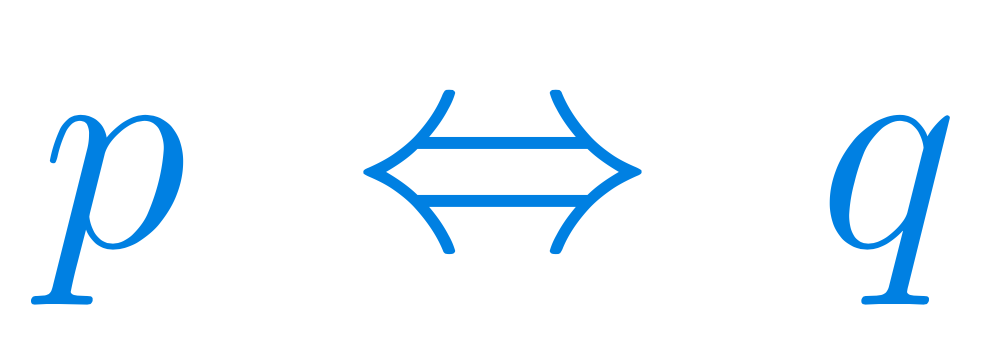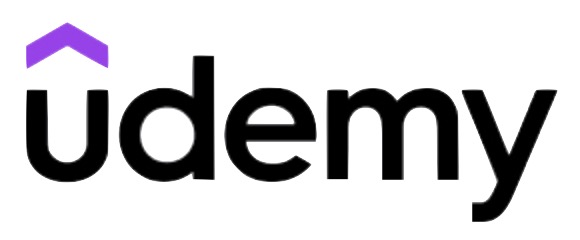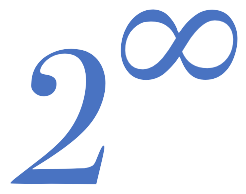Precalculus 1: basic notions
A total of 52 hours of lectures
Due to the size of precalculus, it is divided into four parts. This page describes the first of those four parts.

Prerequisites
Curriculum
Make sure that you check with your professor what parts of the course you will need for your exam. Such things vary from country to country, from university to university, and they can even vary from year to year at the same university.
Precalculus: basic notions
Get the outline
A detailed list of all the lectures in part 1 of the course, including which theorems will be discussed and which problems will be solved. If you are looking for a particular kind of problem or a particular concept, this is where you should look first.

Get Precalculus 1: basic notions on Udemy
When you buy the course on Udemy, you get access to it for life. There is just a one-time fee. The prices do vary a lot on Udemy, but if you use our link by clicking on this panel, you will get the best current price. See also our page on “coupon codes” in the menu (the current code is TPOT_DEC25).

I am following precalculus course atm and I really like that Hania explains every possible detail. Every time I get a question she answers it in the next video 😀 Also the fact that she explains everything in a slow and thorough fashion just fits me better since I need time to understand math. On top of that she answers questions really quickly so I feel very safe in my learning. <3
Thank you Hania! From now on I am gonna have all calculus courses as well while having calculus in university 🙂